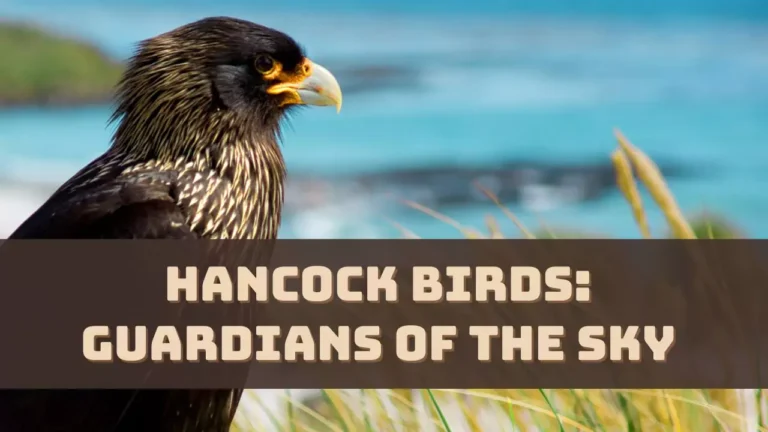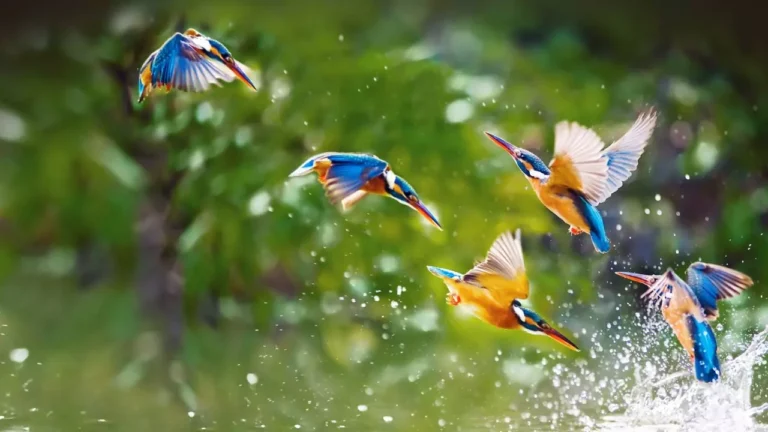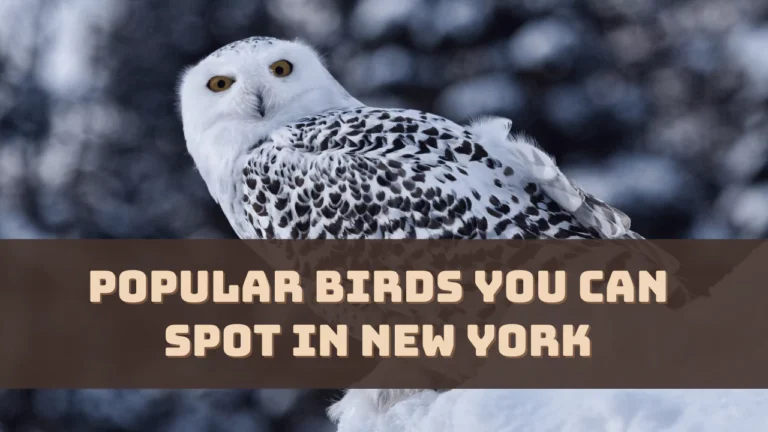Hawaii is home to a wide variety of birds and many finches are native to this region. According to evidence, the birds either migrated to Hawaii in search of new locations and with time developed into the native birds that we see today, or they might have been brought on ships to control the pests.
So, let’s learn about the rare and common birds of Hawaii that you must not miss out on your next visit.
What are the Different Categories of Birds Living in Hawaii?
The different types of birds found in Hawaii are –
- Forest birds
- Seabirds
- Shorebirds
- Birds of prey
- Waterbirds
Black-crowned Night Heron (Nycticorax nycticorax)

Black-crowned night heron is the second most abundant bird in Hawaii; you can mostly spot them in Oahu, Maui, and Kauai. They also occupy spots like ponds, rivers, swamps and forests. They have the ability to adapt to environmental changes and are seen to change their nesting areas or if the areas become undesirable, they completely move out. They are predators and hunt fish and frogs. They are also scavengers and feed on the animal carcasses.
Cattle Egret (Bubulcus ibis)

Cattle Egrets are known to be migratory birds and they are mostly seen in North America but during the winter months, they stay in Hawaii. They can be easily spotted on Kauai, Maui, Oahu and the Big Island of Hawaii. These birds feed on insects, amphibians, reptiles and other small animals, such as fish or mice near the cattle. These birds are easily spotted by their yellow bill and black legs. They use their legs to hunt prey underwater. The interesting fact is they make a distinct whooping sound.
Grey Francolin (Francolinus pondicerianus)

Grey Francolin is also a very common Hawaiian bird and this is known as a game bird or ground-nesting bird. They are native to Africa and Asia and brought to Hawaii by humans. They can be easily spotted in Kauai, Oahu, Lanai and Molokai, but due to their feather colors, they get blended with the surrounding, making them difficult to spot. These birds feed on fruits, seeds, and grain, and also love to eat insects, and can be found 12000 feet from sea level.
Hawaiian Stilt (Himantopus mexicanus knudseni)

Hawaiian Stilt is often overlooked as they are well adapted to live near humans. You can spot them in Hawaiian urban settings and also found in both salt and freshwater. They are also seen around grasslands and wetlands and are native to Hawaii. They feed on small invertebrates, small fishes, crabs, algae and also insects and shrimps.
Laysan Albatross (Phoebastria immutabilis)
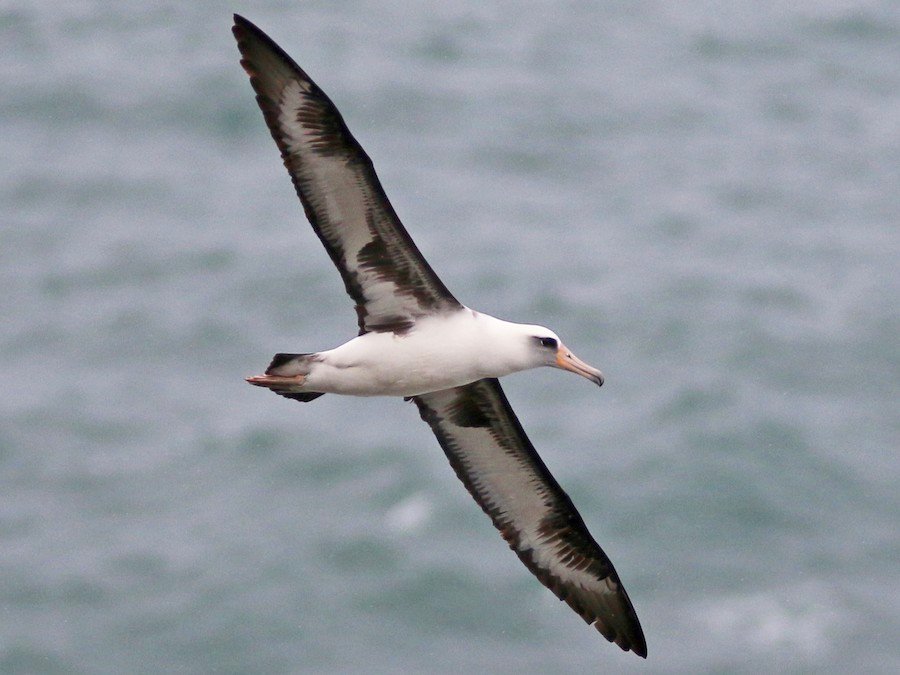
The Laysan albatross is known to be one of the largest birds native to Hawaii. It has a wingspan of about 2 meters and weighs 4 kilograms. It is a seabird and they migrate throughout the Pacific Ocean. They usually build colonies of small nests within the state and breed annually.
Maui Parrotbill (Pseudonestor xanthophrys)

Maui parrotbill is one of the rarest birds to be found in Hawaii and it is also known as Kiwikiu. This resembles the shape of a parrot and has a population of less than 300. This bird got its name from the shape of the bill that appears like an opener. Their beak is specialized to split and crush wood and twigs and they use the beak for searching for food. They have a lifespan of 16 years and every year one chick is produced.
Nene (Branta sandvicensis)
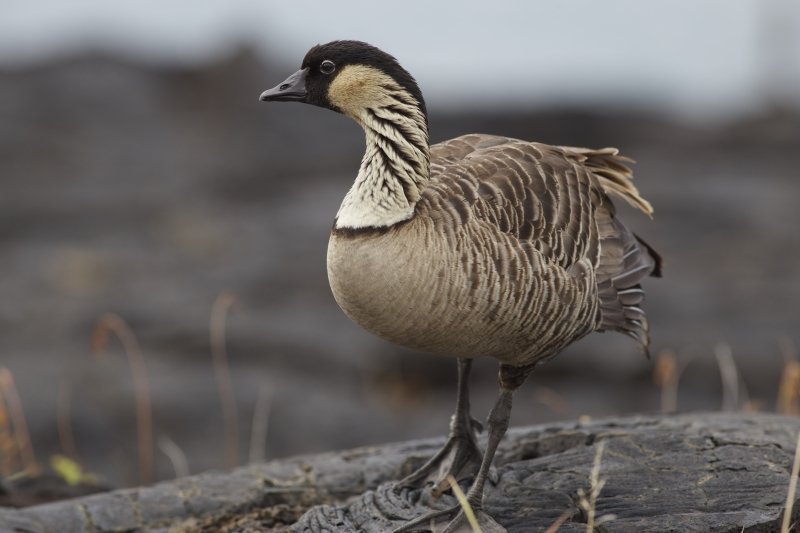
Nene is known to be the state bird of Hawaii and this is a goose species. This bird is endemic to Hawaii and previously it was also found in Kauai. Nif Island, Maui and Molokai. Due to the intervention of humans and agriculture, this species has become endangered. They are known to be one of the largest flightless birds in Hawaii and their males are not quite different from females. These birds depend on grass, herbs and berries for their nutrition. From October to February, it is the breeding season for these birds. They have an average lifespan of 8 years.
Koloa Maoli (Anaz wyvilliana)

Koloa Maoli is spotted to be one of the oldest bird species in Hawaii and they are also called Hawaiian duck. These birds are also listed among the endangered species due to loss of habitat and inbreeding with mallards. Both the male and female versions are similar in appearance, but the only difference is males have an olive green bill and the females have a dull orange or grey bill. These birds depend on snails, earthworms, grass seeds, rice and even green algae as their daily nutrient.
Common Myna (Acridotheres tristis)
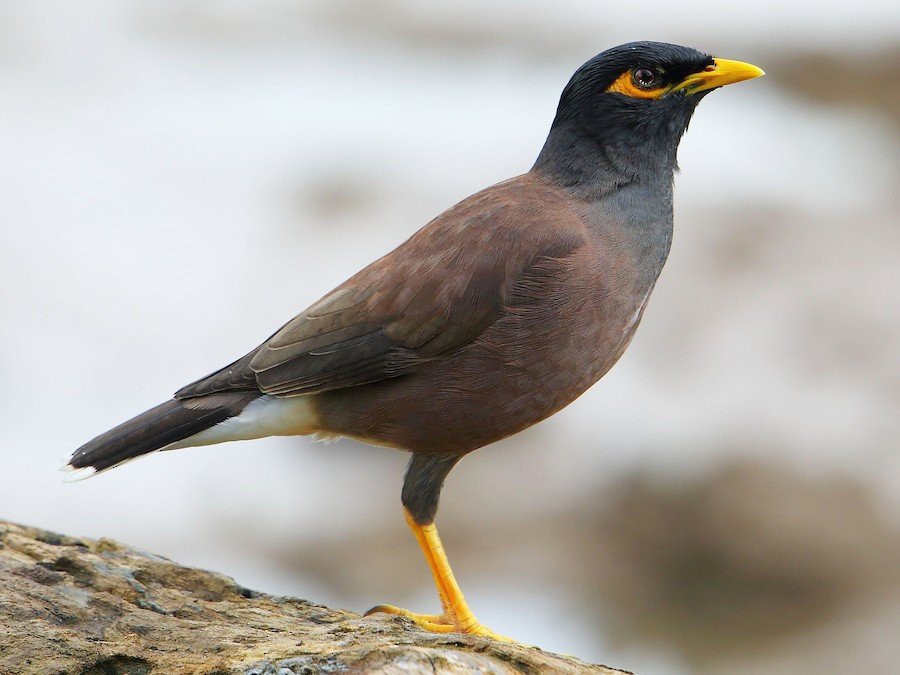
Common Myna is known to be one of the most common birds spotted in Hawaii. They are known to be brought here from India to help control the agricultural pest. they are spread all over the islands of Hawaii and can be easily distinguished due to the presence of blackheads, brown bodies and yellow markings around the eyes. These birds are 9 inches in length and known to be excellent scavengers. They have a lifespan of 4 years in the wild. they can easily adjust to urban settings, but it is trouble for other birds as the common myna competes with the native birds to grab a nesting spot. Most importantly, these birds can easily adapt to the changes in their surroundings.
Red-crested Cardinal (Paroaria coronata)
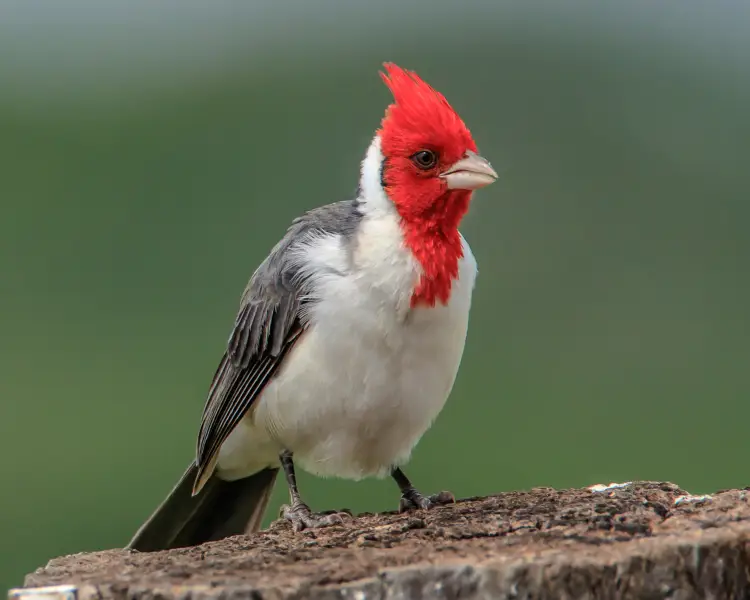
The Red-crested Cardinal made its appearance in 1930 when they were introduced to Oahu and then they spread over the Hawaiian islands. It is not related to the cardinal family and measures about 7.5 inches in length, with a red crest on the head and the wings are black. They have a white underbody and can be easily found 4000 feet above sea level. These birds eat seeds, fruits and small insects to get their daily nutrients.
Northern Cardinal (Cardinalis cardinalis)
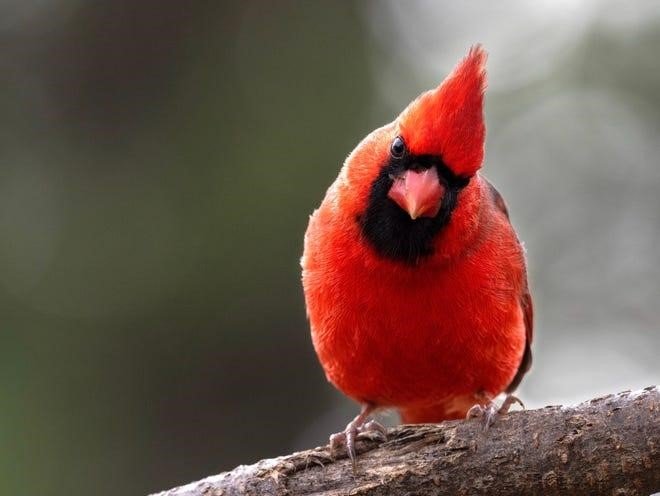
Northern cardinals came to Hawaii in 1929 and today they can be spotted in every state. These birds can be easily distinguished by their completely red body. They have a lifespan of 13 years but in the wild, it can be 3 years. They feed on insects, seeds, grasses, berries and other wild fruits, but their favourite food is the larva of the butterfly. They have a large population covering the entire Hawaii. They are not quite active during the day and are mostly seen resting on the branches of the tree.
Japanese White-eye (Zosterops japonicus)

Japanese white-eye came to Hawaii in 1929 and it was introduced to control insects that affect the plantation. These are small birds about 4 inches long and have a lifespan of 5 years in the wild. These birds can easily adapt to the new environment and are seen competing with the native species for resources. They also help to disperse native seed and are spotted to be the prime pollinator, thus, helping many threatened plants to increase in numbers.
Ae’o (Himantopus mexicanus knudseni)

Ae’o is also known to be the black-necked stilt and you can easily identify them from their pink legs. They are commonly spotted near shallow water and wetlands of Hawaii. They are also listed among the endangered birds due to loss of habitat, hunting and predation. These birds depend on beetles, shrimps and crayfish for their feed, and they also eat small tadpoles and fish. Being 15 inches in length, they are easily spotted due to their black back and white-coloured stomachs. These birds have a lifespan of 17 years.
‘I’iwi (Drepanis coccinea)

‘I’iwi is a type of Hawaiian honeycreeper and they can be easily distinguished from the bright red color. This bird species is found only in the native forests of Hawaii, Maui and Kauai. They are also listed among the threatened species and there has been a decline in the population due to its susceptibility to avian malaria. They feed on nectar and grow at least 15 cm in length. Their breeding season starts from November to June and they are monogamous. Their lifespan is difficult to estimate but in captivity, they can survive for more than 12 years.
‘Alala (Corvus hawaiiensis)
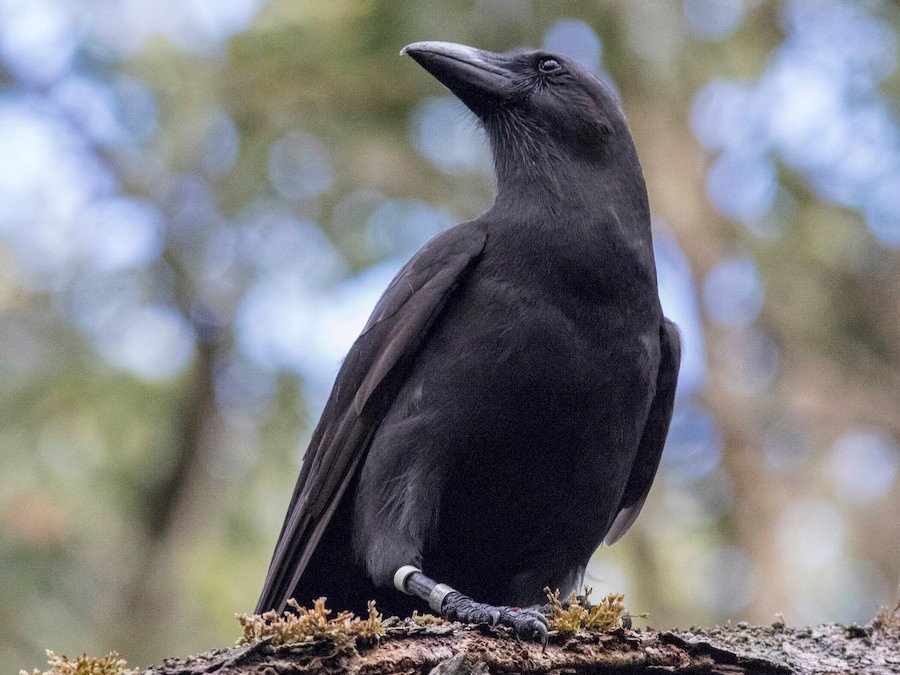
‘Alala is also known as Hawaiian Crow and this bird species is counted to be the most endangered crow species in the world. They primarily suffer from loss of habitat, disease and predation. Efforts are being taken to reintroduce the species in the wild. This bird is about 20 inches in length, omnivorous and they depend on fruits, insects and other small animals, such as mice as their daily feed. From March to July is their breeding season and they are mostly found on the Big Island at an elevation between 900 and 1800 m.
‘Io (Buteo solitarius)
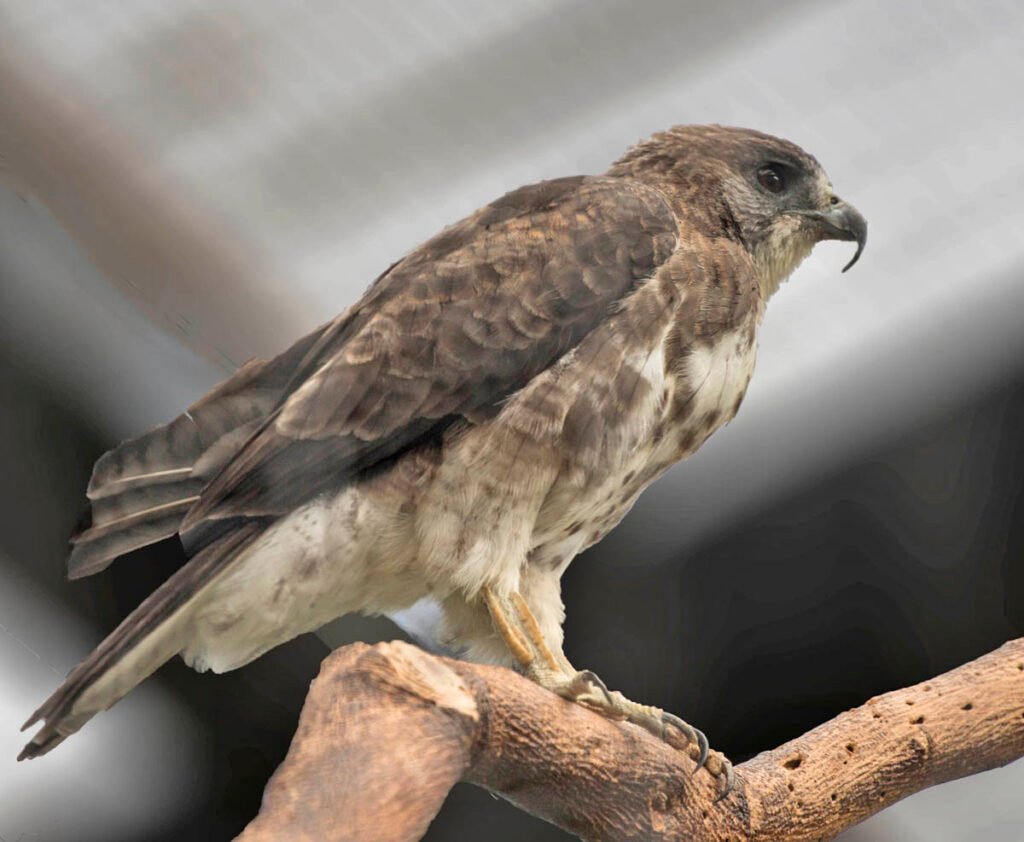
‘Io is also known as the Hawaiian Hawk and this species is endemic to Hawaii. This bird species is affected due to deforestation, illegal hunting and habitat loss. they can be easily spotted by the dark color that covers their entire body. These birds are known to be opportunistic hunters and prey on rodents, insects, and small birds. They have a lifespan of 17 years. These birds are only found in the Maui, Oahu and Kauai, however, they breed on the Big Island.
Hawaiian Noddy (Anous minutus)
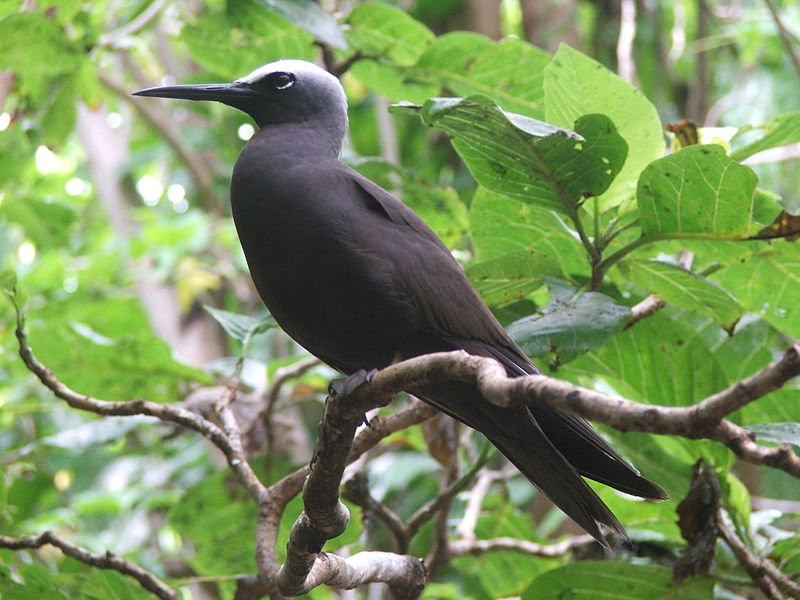
Hawaiian noddy is known to be a non-migratory shorebird and they are mostly found around the coastlines of the Hawaii island. These birds can be easily spotted from their dark color and usually grow to 12 to 14 inches. Their primary diet is fish and interestingly they are found to build nests in colonies around the coastal region and rocky ledges. They mate for life and lay one egg a year after returning to the same nest every time.
Brown Noddy (Anous stolidus)
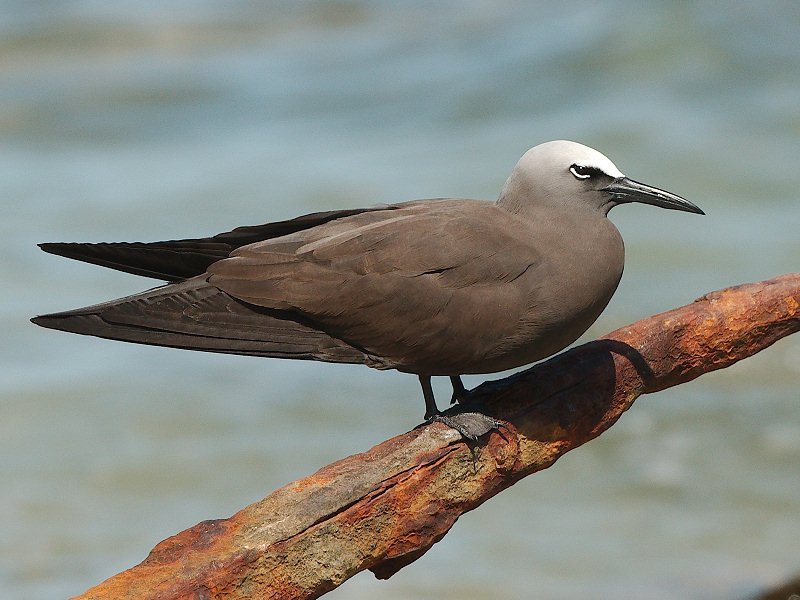
Brown Noddy are migratory birds that are found in Hawaii from May to August. They are 2 inches in height and have a lifespan of 20 years. Their diet consists of mostly fish and they have the expertise to catch them by dipping into the ocean. They also build nests in colonies but near the shrubby areas and mate for life. Their most fascinating aspect is the courtship behaviour where the bird bows, nods and presents their partner with a fish.
Chestnut Munia (Lonchura atricapilla)
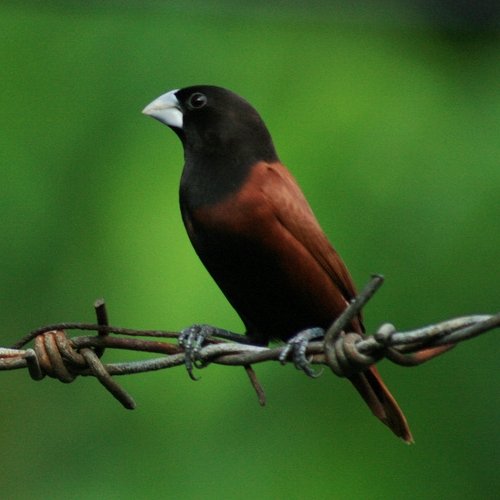
Chestnut Munia is a type of finch species and it has its origin in Southeast Asia. These birds are 4.7 inches in length and are mostly found all over the island of Hawaii. Their breeding season starts from May to November and they usually build their nest in small shrubs and bush-like vegetation. They mostly eat seeds and grain and their beaks are specialized for breaking up the nuts.
Scaly-breasted Munia (Lonchura punctulata)

Scaly-breasted munia was introduced to Hawaii in 1866 and they are also known as ricbird or nutmeg mannikin. These birds can be easily recognized by their black beak and brown wings. Their wings have a variegated design underneath. you can easily spot them near the golf course, park or open landscapes, they are well-adapted to be in rural and urban settings. These birds are 4.7 inches in length and they prefer to feed on grains and seeds.
Why are the Hawaii Birds Threatened?
The Hawaiian birds are facing a threat due to climate change. The location and landscape of Hawaii, consisting of a string of tropical islands, make the ecosystem vulnerable to the changes the ecosystem which supports the birds is lost due to changes in temperature, ocean level and precipitation. Also, with the changing environment, the non-native birds occupy the areas as they can adapt easily which leads to habitat loss for the native avian group.
What is the Cultural Importance of Hawaiian Birds?
The state bird is Nene, the official bird of Honolulu is the White Tern, the symbol of royalty and the personal god of Polynesian people is the Hawaiian hawk and the Polynesian use the feathers of ‘I’iwi for traditional dress.


